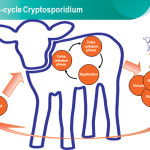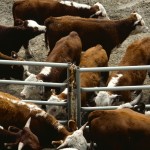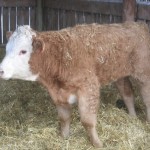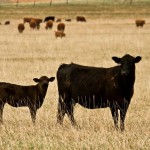
Beef 911: A lack of macrominerals can be a true emergency
Grass tetany can be successfully treated if caught early, but you need to contact your vet immediately
Beef 911: Ways to reduce incidence of navel ill
You need to pay close attention to this costly problem and take steps to reduce it
Beef 911: When the need arises, fetotomy is the best solution
The goal is always to protect the cow from further trauma and hopefully give her many more productive years
Beef 911: Calving problems are decreasing, but stay vigilant
Vets aren't called out during calving as often as they used to be, but producers need to know when to call for backup

Beef 911: Crypto presents a number of challenges
Protozoa are difficult to detect so vigilance is needed to spot and deal with outbreaks

Beef 911: Factors which can contribute to bullers in feedlots
Close observation and working with your vet on a customized plan are key to dealing with this problem

Beef 911: Watch for newer respiratory pathogens
Corona virus and B. trehalosi bacteria aren’t always easy to spot

Beef 911: What you need to know about anthrax
There are outbreaks every few years, especially during drought, but there are ways to deal with this scary killer

Beef 911: Rectal palpation versus ultrasound for pregnant cows
Both methods have advantages, but the key is having reproductive exams at least once a year

Beef 911: Preventing negative side-effects of cattle vaccinations
It is good practice to take a walk through any recently vaccinated cattle to check for reactions


